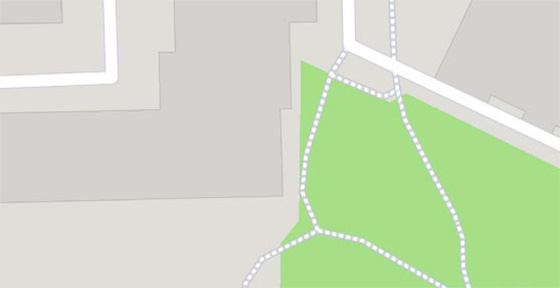Porta Aenea, i.e. the Brass Gate, which led from the south to Diocletian's Palace. The gate originally had defensive functions. In the event of an attack on the palace from the mainland, it was possible to go underground through corridors directly to the waterfront. Today it is a tourist attraction - most of the trips to Diocletian's Palace begin by crossing the Brass Gate.
Diocletian (244-313 or 316 AD), a son of a liberator from Salona (now Solin), made an instant career in the Roman army. He owed his exaltation to the imperial throne to the military service. The architectural assumption of the palace is modeled on the castrum romanum - a fortified camp of Roman legionaries. The palace together with the historic center of Split has been inscribed on the UNESCO World Heritage List.
Due to its functions, the southern entrance to the palace was also called the Safe Gate. In addition to it, the monumental estate of the emperor had three other entrances: from the west the Iron Gate (Porta Ferrea), from the north the Golden Gate (Porta Aurea) and from the east the Silver Gate (Porta Argentea).
Attractions inside




